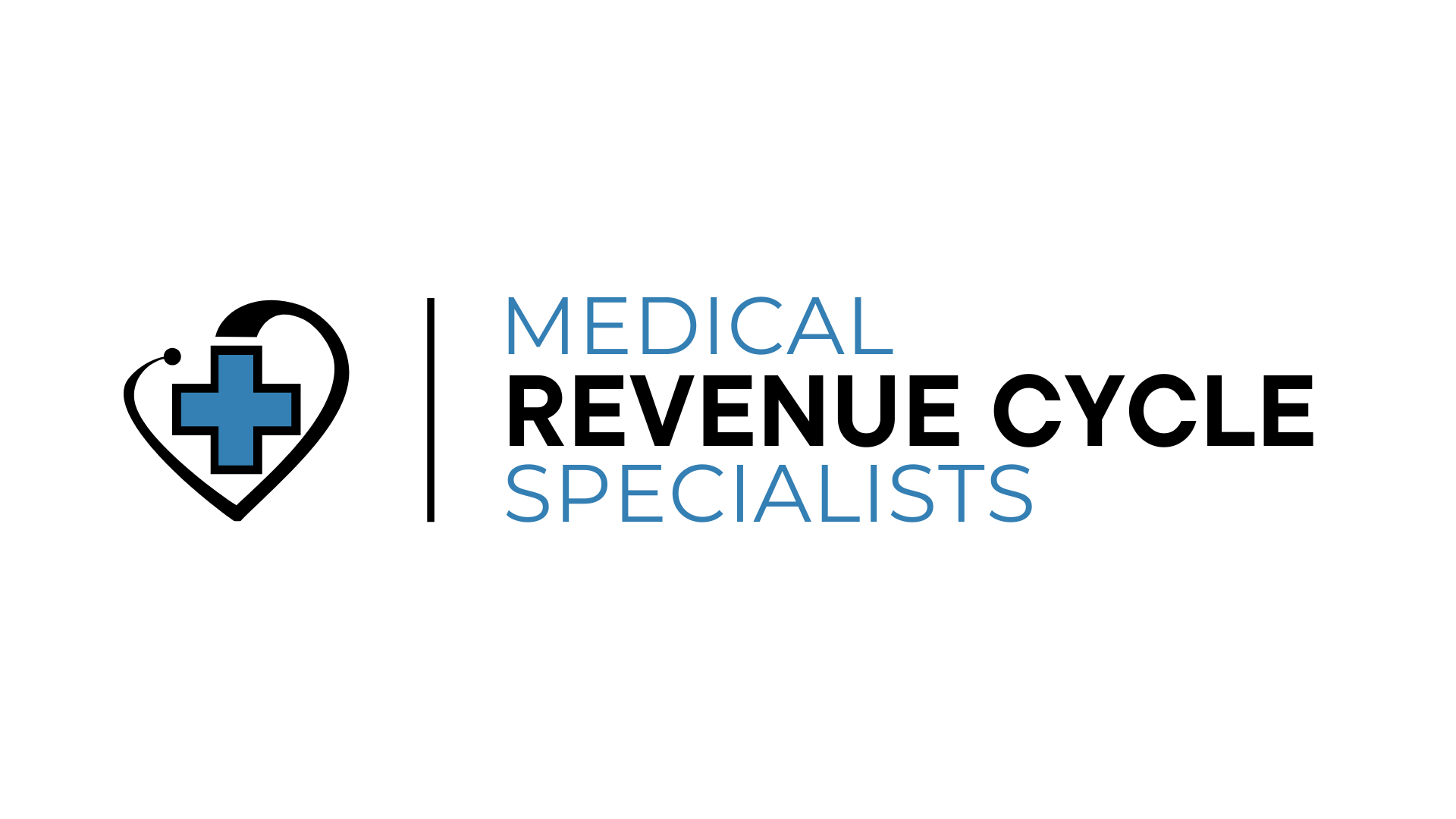Bridging the Funding Gap for Health Equity: Improving Patient Care
- Nick Fernandez

- Jul 24, 2023
- 3 min read

As healthcare providers increasingly recognize the impact of social determinants of health (SDOH) on patient outcomes, the need for effective interventions has become evident. However, a major challenge in implementing these interventions is the funding gap between the actual cost and the federal aid provided. In this blog, we will dive into the findings of recent studies and explore the importance of bridging this gap to improve patient care and health equity.
The Cost of SDOH Interventions
Recent research published in JAMA Internal Medicine sheds light on the costs associated with SDOH interventions, including housing security, non-emergency medical transportation, and community-based care coordination. The study analyzed data from 19,225 patients' social needs and revealed that SDOH interventions average $60 per member per month. Shockingly, only $27 (45.8 percent) of this cost is covered by existing federal funding, leaving a significant financial burden on healthcare providers.
Understanding the Impact
Deploying SDOH interventions can reduce hospital inpatient admission rates and emergency department visits, ultimately improving patient outcomes. Addressing health-related social needs is crucial for achieving health equity and reducing health disparities among vulnerable populations. However, underfunding SDOH interventions poses a significant barrier to their successful implementation.
Disparities in Funding
The study also highlighted disparities in funding between different practice areas. High-poverty, non-Federally Qualified Health Center (FQHC) practice areas faced more substantial funding gaps, exacerbating existing health disparities. The lack of adequate funding for SDOH interventions in these areas hinders efforts to improve health outcomes for marginalized communities.
The Role of Medical Revenue Cycle Management (RCM)
To bridge the funding gap and ensure the successful implementation of SDOH interventions, healthcare providers must optimize their Medical Revenue Cycle Management (RCM). Efficient RCM processes can help maximize revenue, reduce operating costs, and improve cash flow, enabling providers to allocate resources to critical interventions.
Key Components of Medical RCM
An effective Medical RCM involves several key components:
1. Patient Registration: Gathering accurate patient information, verifying insurance eligibility, and ensuring patients understand their financial responsibilities.
2. Charge Capture: Accurately recording the services provided to patients to ensure appropriate billing and reimbursement.
3. Coding and Documentation: Ensuring that all services offered are correctly coded and documented to support billing and reimbursement claims.
4. Claims Submission and Denial Management: Promptly and accurately submitting claims to payers and resolving any issues that may cause claim denials.
5. Payment Collection: Collecting payments from patients and payers in a timely and accurate manner.
By streamlining these components, healthcare providers can optimize their revenue cycle and allocate resources more efficiently to fund SDOH interventions.
Improving Health Equity through Sustainable Funding
SDOH interventions have the potential to transform patient care and improve health equity. However, to achieve meaningful and sustainable change, it is crucial for policymakers and payers to collaborate and invest in these critical interventions. Allocating additional funding to primary care practices, especially in high-poverty areas, can bridge the funding gap and help address the unmet health-related social needs of vulnerable populations.
Conclusion
The funding gap in social determinants of health interventions presents a significant challenge for healthcare providers striving to improve patient care and health equity. Addressing this issue requires effective Medical Revenue Cycle Management, along with increased federal support and strategic investment in high-need areas. By closing the funding gap, we can unlock the potential of SDOH interventions and create a healthier, more equitable society for all.




Comments